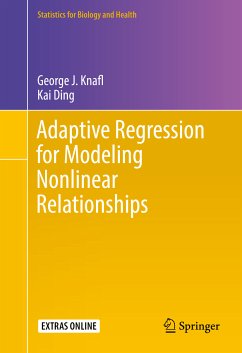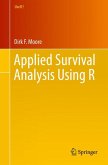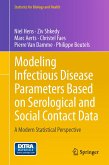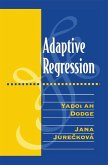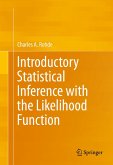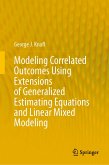A variety of examples of the benefits of modeling nonlinear relationships are presented throughout the book. Methods are covered using what are called fractional polynomials based on real-valued power transformations of primary predictor variables combined with model selection based on likelihood cross-validation. The book covers how to formulate and conduct such adaptive fractional polynomial modeling in the standard, logistic, and Poisson regression contexts with continuous, discrete, and counts outcomes, respectively, either univariate or multivariate. The book also provides a comparison of adaptive modeling to generalized additive modeling (GAM) and multiple adaptive regression splines (MARS) for univariate outcomes.The authors have created customized SAS macros for use in conducting adaptive regression modeling. These macros and code for conducting the analyses discussed in the book are available through the first author's website and online via the book's Springer website. Detailed descriptions of how to use these macros and interpret their output appear throughout the book. These methods can be implemented using other programs.
- Provides insight into modeling of nonlinear relationships and also justifications for when to use them, thereby providing novel insights about relationships
- Addresses not only adaptive generation of additive models but also of models based on nonlinear interactions
- Discusses adaptive modeling of variances/dispersions as well as of means
- Highlights both univariate and multivariate outcomes, rather than solely univariate outcomes
Dieser Download kann aus rechtlichen Gründen nur mit Rechnungsadresse in A, B, BG, CY, CZ, D, DK, EW, E, FIN, F, GR, HR, H, IRL, I, LT, L, LR, M, NL, PL, P, R, S, SLO, SK ausgeliefert werden.
Hinweis: Dieser Artikel kann nur an eine deutsche Lieferadresse ausgeliefert werden.

